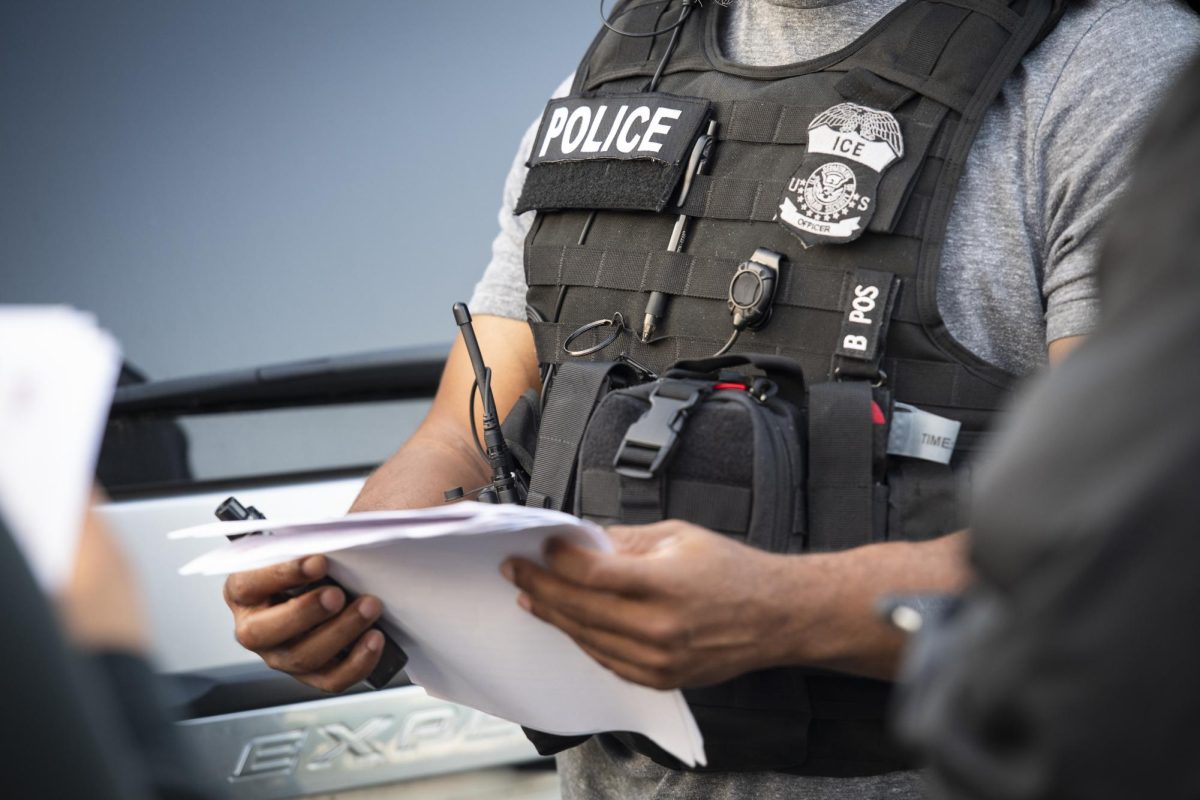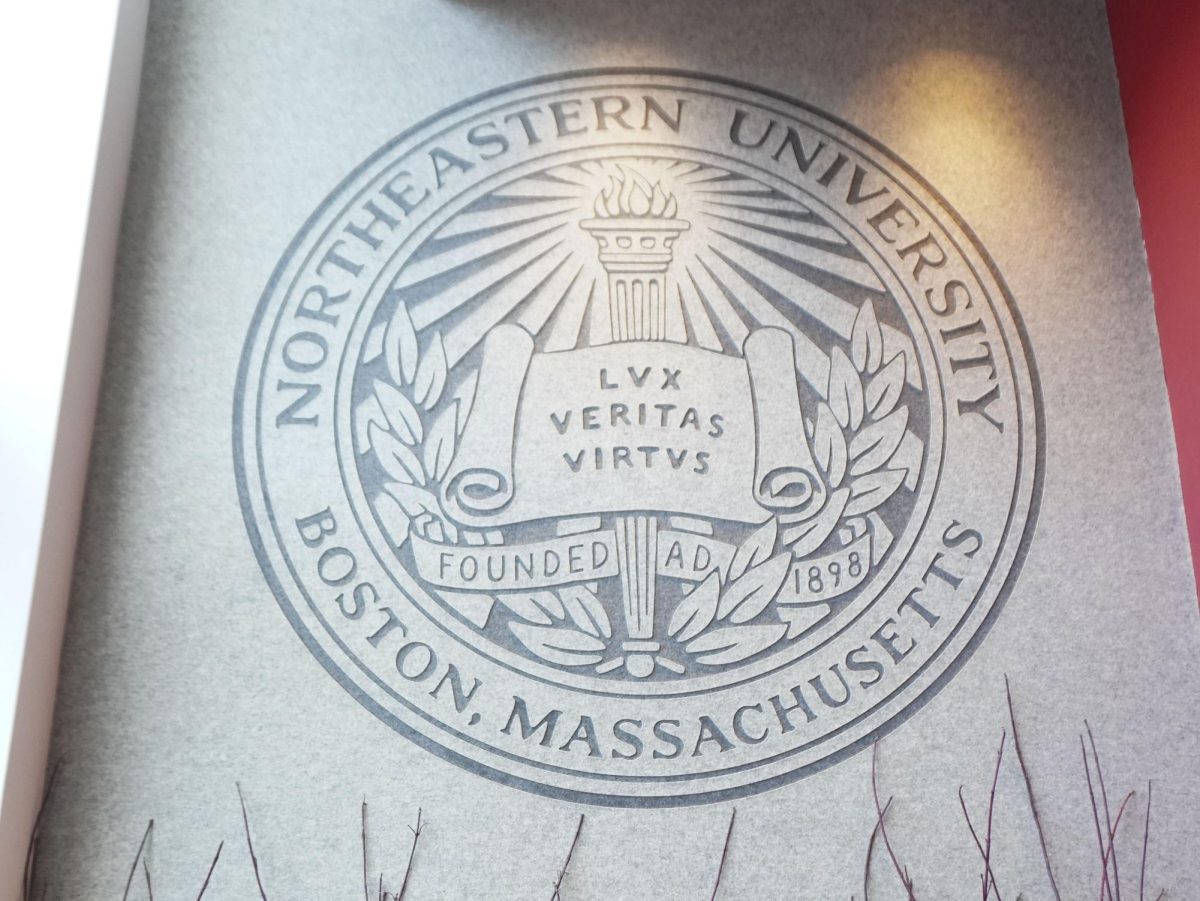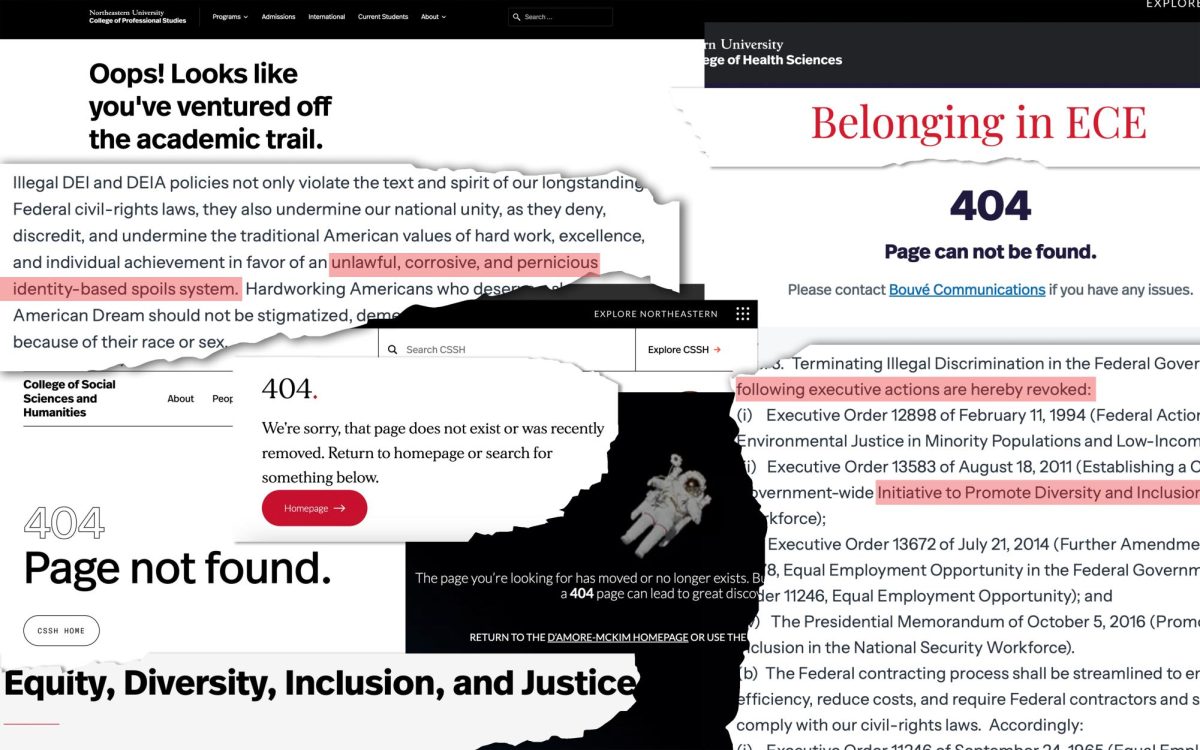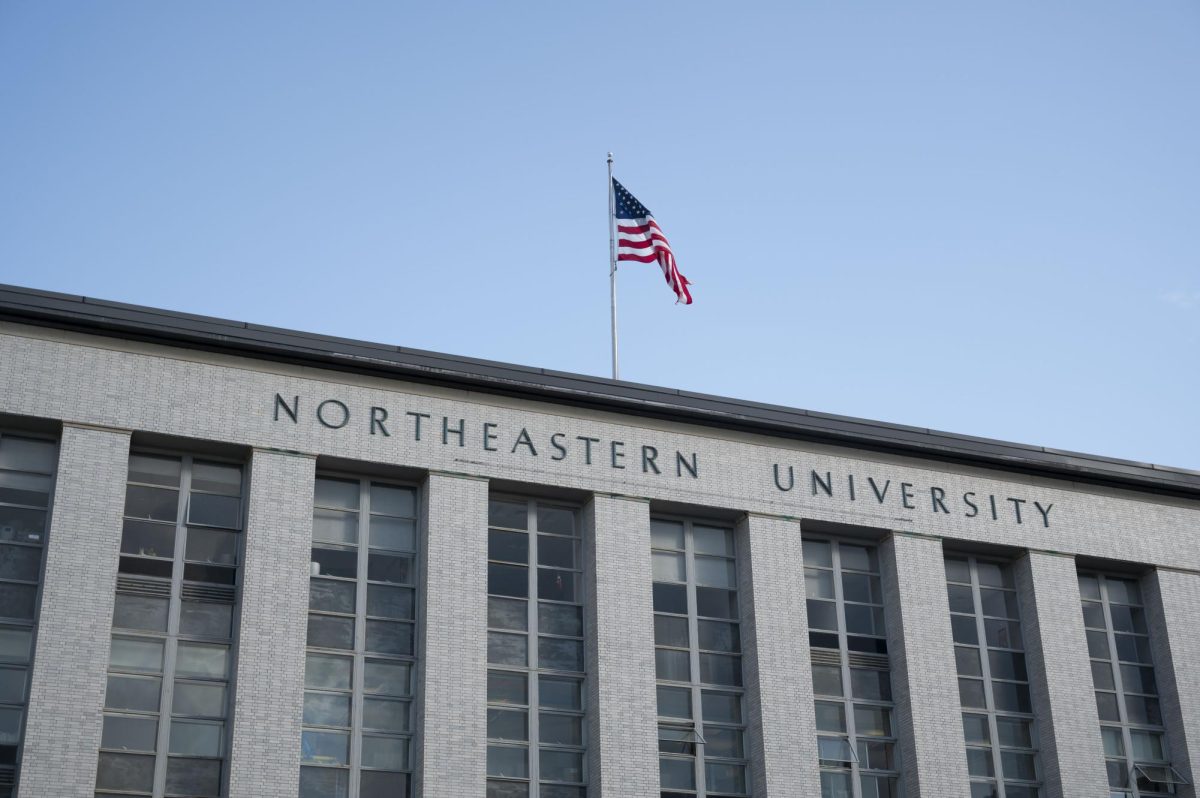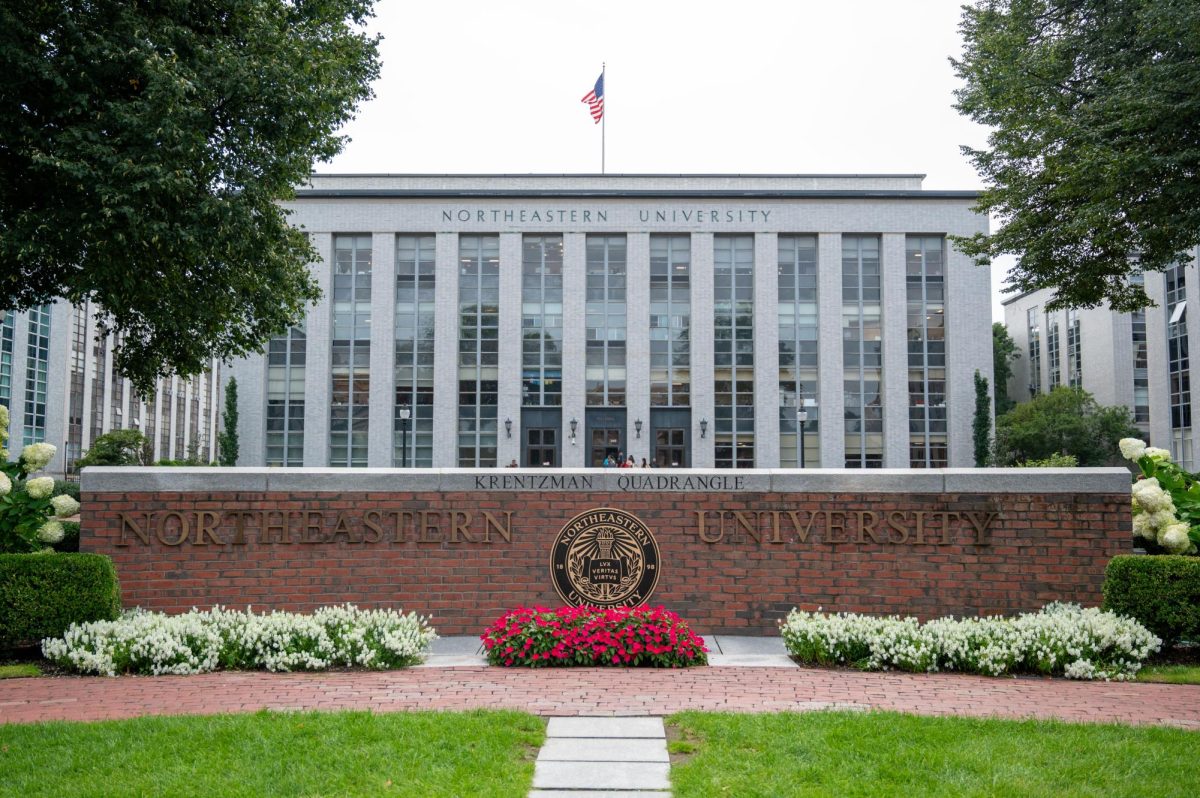With a clipboard in hand, Museum of Science visitors approach the yellow crime tape. It’s a grisly scene – a skeleton lies half-buried in the Nevada desert. All that remains are some tattered, decomposing clothes and a wedding band on the body’s left hand. There are tracks nearby that may account for the broken jaw. But looking closer, visitors notice a bullet in the skull.
But this isn’t a real crime scene. It’s “CSI: The Experience,” a new exhibit at the Museum of Science. The exhibit, which opened yesterday, gives visitors a chance to step into the scenes of the popular CBS television show “CSI” and solve one of three cases using forensic science.
The exhibit features crime scene investigators from the show and from real life who explain the science behind forensic investigation and demonstrate techniques used by investigators that can be mimicked by museum guests.
The exhibit allows visitors to make their own discoveries, moving through the recreated lab at their own pace to solve mysteries.
“The exciting hands-on environments and hands-on activities allow visitors to become fully immersed in the process of scientific inquiry,” said Ionnis Miaoulis, president and director of the Museum of Science. “Visitors will put their science skills to the test in an attempt to solve a crime mystery using real science tools and technologies in an exciting multimedia environment.”
Miaoulis toured the exhibit and attempted to solve one of the three crimes.
“I’ve learned more about flying maggots than I would ever like to know,” he said jokingly.
When visitors feel they have collected enough evidence, they go to the office of Supervisor Gil Grisson, played by William Peterson at the show. They then present the evidence on touch screen computers. If they get it right, they’re congratulated by Grisson. If they fail, they’re sent back to review the evidence.
Museum interpreters are on hand to field questions guestshave about everything from DNA matching to determining the age of bones.
Sgt. Wesley Wanagel, the supervisor for the Massachusetts State Police crime scene service division, was present at the opening of the exhibit. Wanagel has worked in crime scene investigation for the past 12 years, including work in the recovery of many bodies left by Whitey Bulger, a famous South Boston crime boss.
“When I started 12 years ago, I was given a 35 mm camera, a fingerprint kit and a box of rubber gloves and I was basically told ‘Get out there and solve some crimes,'” Wanagel said. “Well, now technology has changed and I ride in a full-sized van, full of equipment. Some of it I’m certain you’ll see




